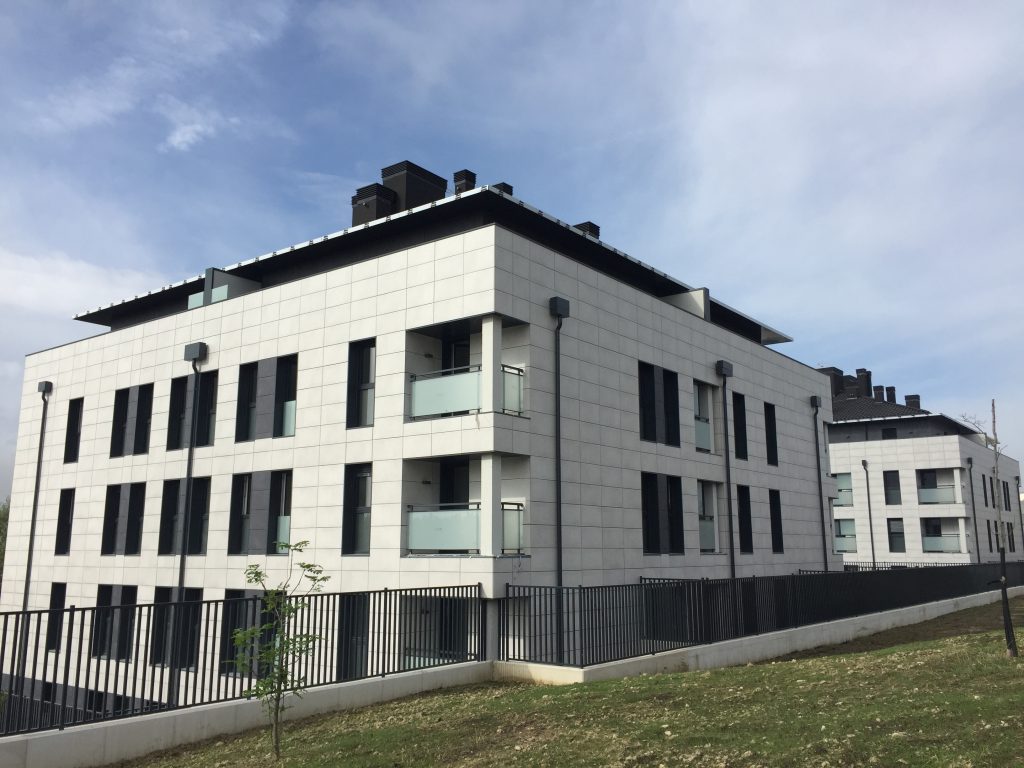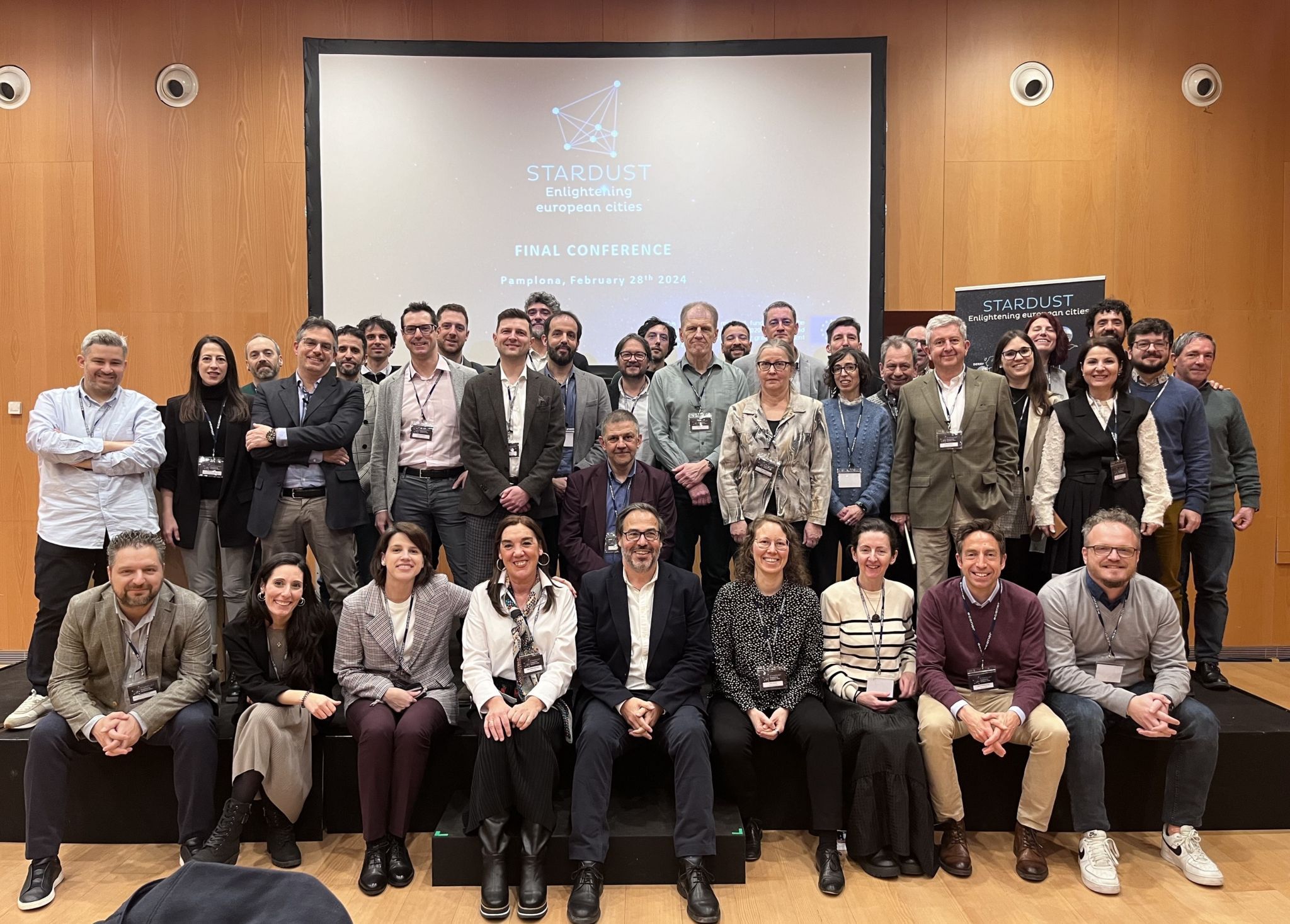Designed and implemented by project partner NASUVINSA Social Housing, the platform provides an integrated management solution to help residents improve energy use at home.
It is often challenging for social housing management agencies to seamlessly integrate various building control equipment (HEMs and BEMs)* from the different manufacturers who operate on the market. This new platform, however, has been developed under free software licenses, which allows any type of building to be integrated, and also adapts to user needs – avoiding dependence on proprietary software.
Javier Martínez León from NASUVINSA’s innovation department stated:
“This platform does not intend to improve other existing systems based on proprietary licences, but to solve a compatibility problem which prevents performance analysis and comparisons between different buildings.”
The system, which has monitoring (reception of building data) and control functions (modification of the buildings’ operating parameters), consists of two distinct parts: the local management system, located in each of the buildings, and the centralised system which manages the information of these buildings.
Since it was set up in January 2021, the software tools have achieved the following:
- The integrated management of the energy consumption of Nasuvinsa’s residential stock, both newly built and refurbished homes.
- The permanent monitoring of all homes, for real-time knowledge of the level of consumption and energy source used at all times.
- Social management of the public housing stock, especially in cases of greater risk of vulnerability due to energy poverty.
- The detection of inappropriate energy use, with the consequent unnecessary increase in energy consumption, economic expenditure and CO2 emissions.
- Direct and personalised advice to each tenant, through the social support team, to improve usage and achieve optimum energy efficiency levels.
- Preventive and predictive maintenance of the homes and installation rooms themselves.
The platform was developed through collaboration with private and public companies that each played a specific role:
- NASUVINSA – System promoter, final user, functional technical experts, KPIs (energy management.
- ENDEF – Product Owner, functional requirements and user tests.
- TRACASA – project management.
- i3i – Larraby – development team, technical and architecture design construction, systems testing and commissioning.
- NASERTIC – infrastructure services, hosting.
The National Renewable Energy Centre – CENER – has carried out an analysis of the data monitored by the NSH platform in the 42-dwelling Entremutilvas development for the years 2021 and 2022. The study has involved filtering and processing the data captured by the platform which, as is usual in monitoring systems, presents a large number of incidents, such as missing data or incorrect readings, generally due to failures in the sensors or in the communication between them and the platform.
The results show that at least 96% of the heat production has been carried out by means of renewable energy, through the wood chip boiler. On the other hand, the centralised installation has lost 20 % of this heat in its distribution, both in the heating pipes (13 %) and in the storage tanks themselves (7 %). The energy standard is met in more than half of the dwellings (26 of the 42 dwellings), consuming less than 15 kWh/m2 and year, thus demonstrating that the building meets the original expectations.
The study also reveals the importance of user behaviour in the final heating consumption, with six of the dwellings exceeding 40 kWh/m2 per year and one even quadrupling the initially estimated consumption, although the average temperature of the rooms was above 26°C continuously throughout the winter. On the other hand, it was found that the ventilation systems maintained good air quality throughout the year, with CO2 concentrations below 900 ppm 75% of the time in winter, and more than 85% in summer.
Finally, it is in summer that periods of thermal discomfort have been experienced in the dwellings due to high temperatures, exceeding 27°C on average around 20-30% of the summer period. In view of the results, NASUVINSA has started an active policy of individual advice to the tenants in order to optimise the energy consumption of the properties, favouring heating savings and the use of solar protections to reduce overheating.
The endeavours are part of a wider Navarra Social Housing Plan led by NASUVINSA and supported by STARDUST. This plan provides for 524 social housing units in Pamplona and surroundings (138 of which are already occupied and monitored as part of STARDUST). The buildings are built to NZEB standards to minimise energy costs for tenants. Indoor air quality is ensured by continuous monitoring, automatically adjusting the air ventilation flow rate according to the CO2 concentration and relative humidity percentage of each dwelling.
The overall aim of this action is to combat energy poverty and provide a healthy indoor environment.
Furthermore, NASUVINSA has licensed new creations developed as free software:
https://github.com/itracasa/KNI_PEN
*HEMS – home energy management system
*BEMS – building energy management system
Photo credit: Some of the social housing within the Navarra Social Housing Plan, developed by NASUVINSA


